National Safe Boating Week is May 21-27—Part 2: 10 Tips for Staying Safe Afloat
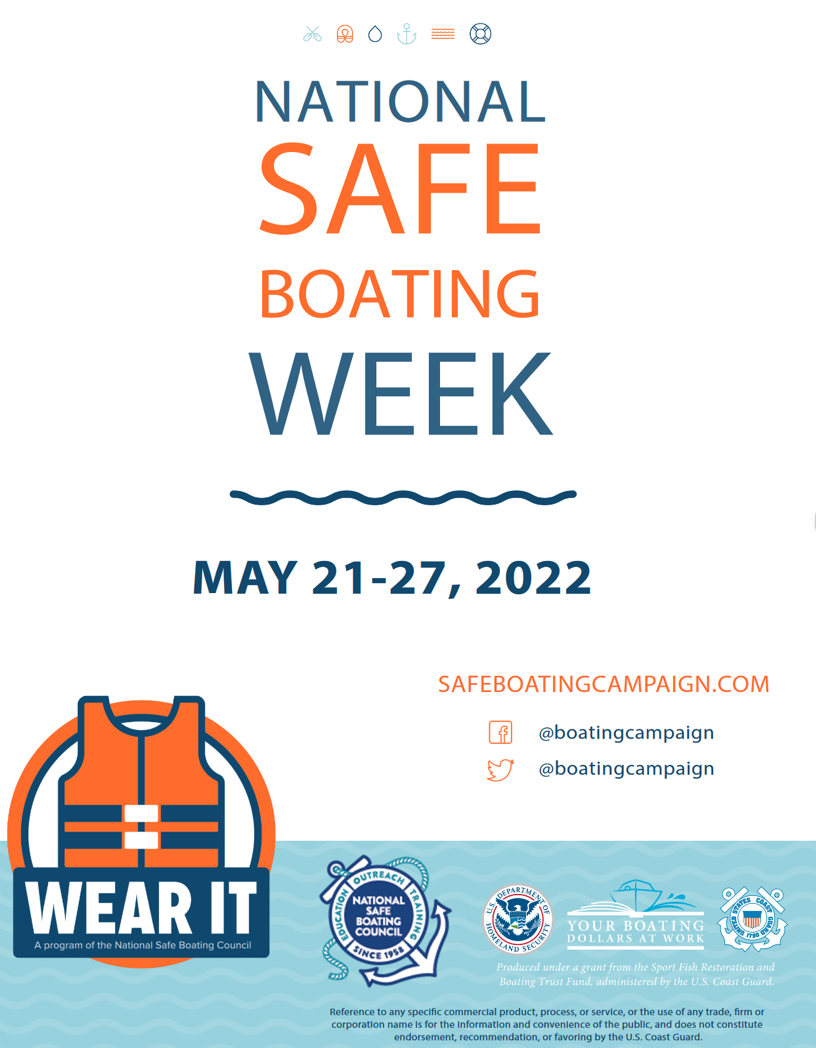
The consistent occurrence of recreational boating accidents across America resulted in the origin of National Safe Boating Week by the Coast Guard Auxiliary in 1957. Since then, it’s become a tradition at the beginning of the summer season in an effort to remind all who boat to stay safe.
The basics remain the same.
Here’s a check list from the National Safe Boating Council that can go a long way towards keeping all aboard safe.
- Take a boating safety course. Gain valuable knowledge and on-water experience by taking a in a boating safety course. There are many options for novice to experienced boaters.
- Check equipment. Schedule a free vessel-safety check with local U.S. Coast Guard Auxiliary or U.S. Power Squadron to make sure all essential equipment is present, working and in good condition. Find a local chapter here: http://cgaux.org › contact.
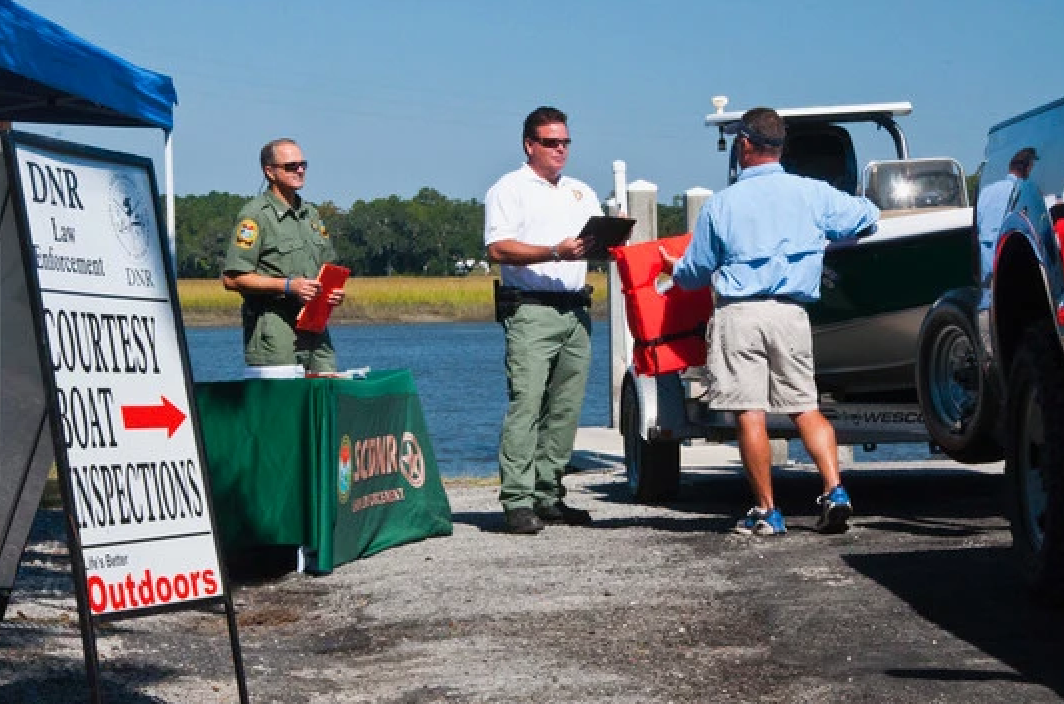
- Make a float plan. Always let someone on shore know the trip itinerary, including operator and passenger information, boat type and registration and communication equipment on board.
- Wear a life jacket. Make sure everyone wears a life jacket — every time. A stowed life jacket is no use in an emergency. Modern inflatable PFD are no more uncomfortable than an added belt and make it easy to stay safe.
- Use an engine cut-off device — it’s the law. An engine cut-off device, or engine cut-off switch, is a proven safety device to stop the boat’s engine should the operator unexpectedly fall overboard.
- Watch the weather. Always check the forecast before departing on the water and frequently during the excursion.
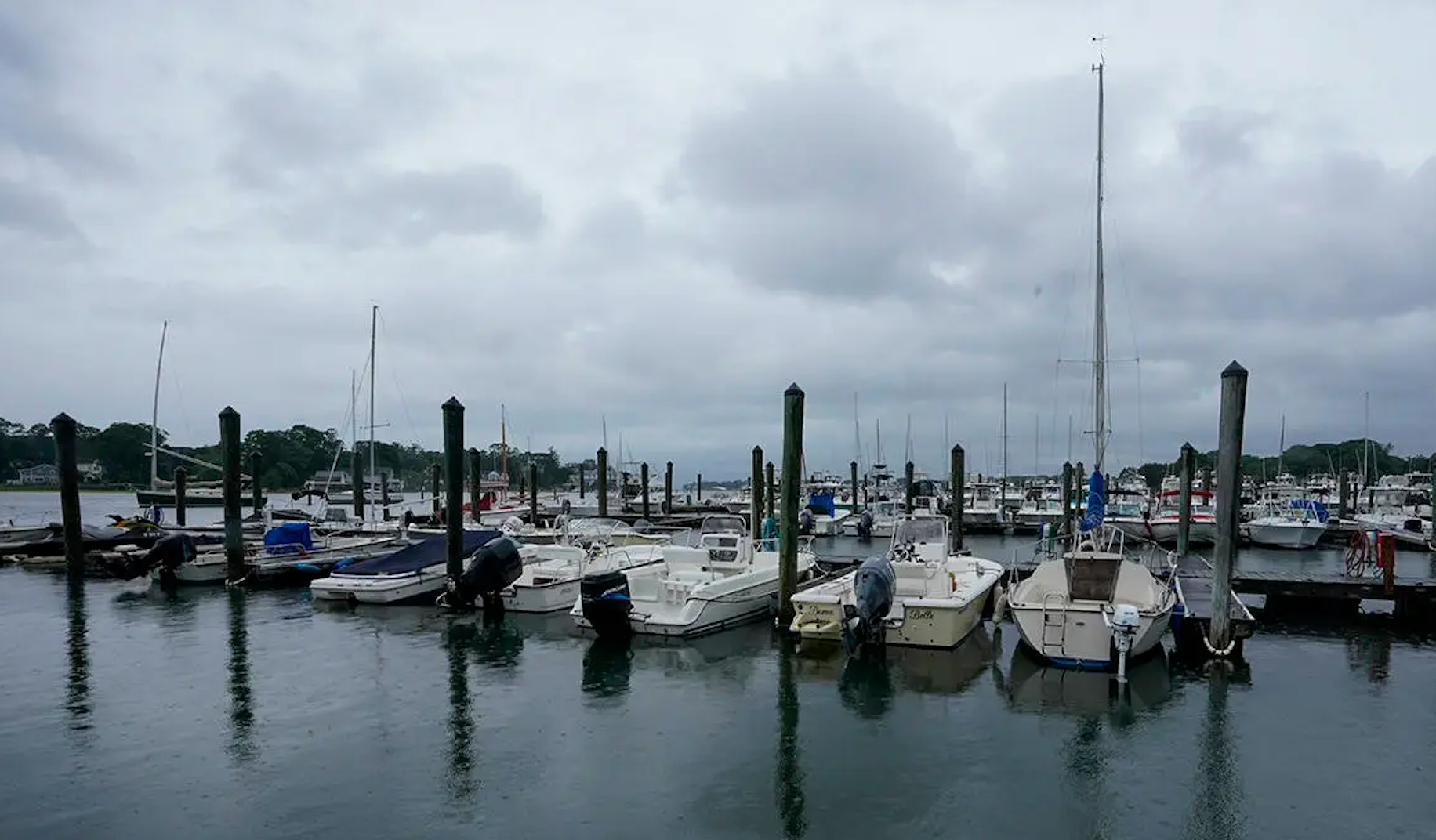
- Know what’s going on around you at all times. Nearly a quarter of all reported boating accidents in 2019 were caused by operator inattention or improper lookout.
- Know where you’re going and travel at safe speeds. Be familiar with the area, local boating speed zones and always travel at a safe speed.
- Never boat under the influence. A BUI is involved in one-third of all recreational boating fatalities. Always designate a sober skipper.
- Keep in touch. Have more than one communication device that works when wet. VHF radios, emergency locator beacons, satellite phones, and cell phones can all be important devices in an emergency.
The Safe Boating Campaign is produced under a grant from the Sports Fish Restoration and Boating Trust Fund and administered by the U.S. Coast Guard. The campaign offers a variety of free and paid resources to support local boating safety education efforts. Learn more at www.safeboatingcampaign.com.
About the National Safe Boating Council
Established in 1958, the National Safe Boating Council is a coalition for the advancement and promotion of safer boating through education, outreach, and training. For more information about NSBC programs and professional development opportunities, visit www.safeboatingcouncil.org.
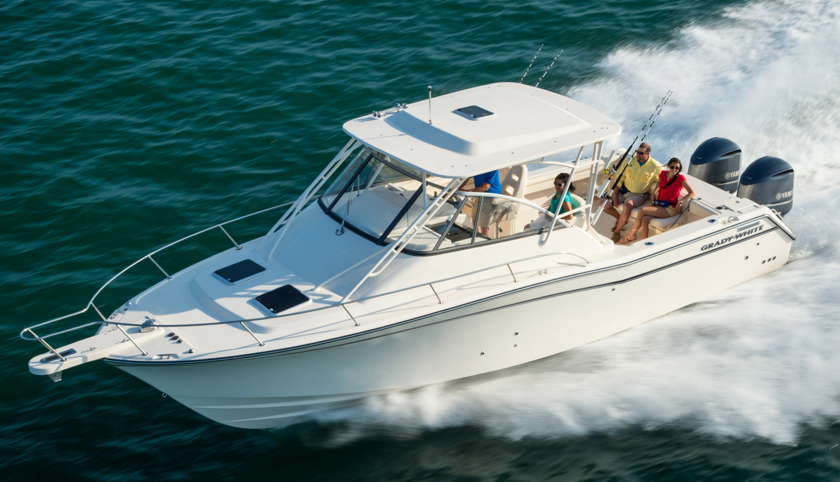
At its heart, the Safe Boating Campaign and National Safe Boating Week is a grassroots effort that collaborates with partners to share information about safe boating in local communities through events, social media, workshops, and more.
It is produced under a grant from the Sports Fish Restoration and Boating Trust Fund, administered by the U.S. Coast Guard.
The National Safe Boating Council provides partners with many resources including brand, logo, talking points, suggested social media posts, template announcements, fact sheets, videos, photo library, posters, public service announcements, banners, launch point signs and life jacket loaner stand artwork. This effort has created worldwide recognition of the Safe Boating Campaign — reminding boaters to always wear a life jacket and boat responsibly.
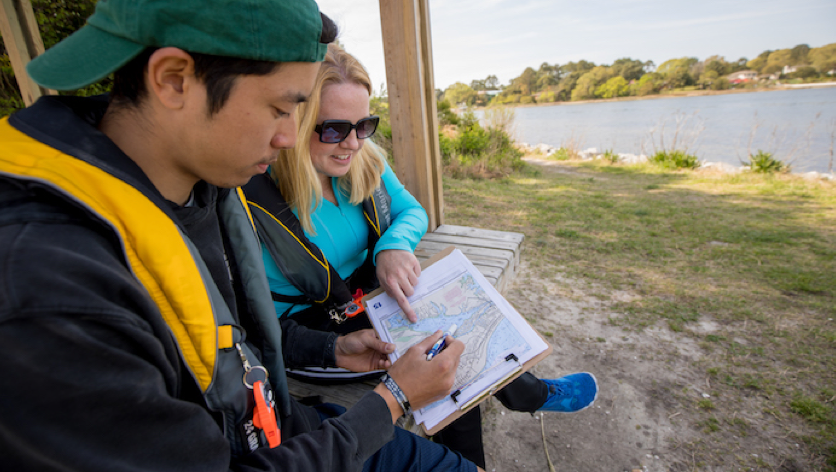
Training for Young Boaters
The National Safe Boating Council’s Skipper Club™ is for operators age 13 to 19 interested in learning on-water powerboating skills and maneuvers. Developed in partnership with the U.S. Coast Guard, Skipper Club focuses on teaching teens valuable safe boating lessons and preparing the next generation of safe boaters.
During the on-water course, teens are led through a step-by-step progression focusing on terminology, equipment, steering straight, stopping, turns up to 180-degrees, docking, ferrying, avoidance turns, person overboard and retrieval.
NSBC Certified Instructors implement the course using the NSBC’s Boat Control On-Water Training Curriculum. Local partners implement the course in partnership with the NSBC. The Skipper Club is produced under a grant from the Sports Fish Restoration and Boating Trust Fund, administered by the U.S. Coast Guard.
Boating Videos
“Boat On Course,” educational boating safety videos from the National Safe Boating Council, teach the basic navigation rules of boating. Watch at your own pace, and test your knowledge at the end of each video. See them here: https://boatoncourse.com/safety-videos.
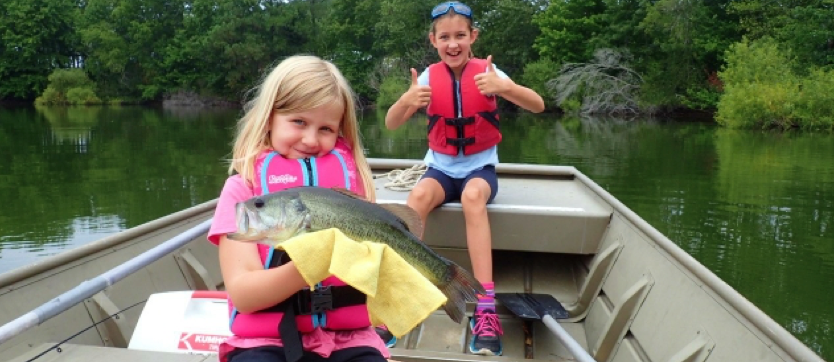
In 1957, the Coast Guard Auxiliary launched the first nationwide observance. The Federal Safe Boating Act of 1958 became law just months later and the National Safe Boating Week Committee (later to become the National Safe Boating Council — NSBC) was formed.
Meetings in early 1972 with all the major boating organizations reached an unanimous conclusion to turn the Committee into a National Safe Boating Committee, incorporate in Washington, D.C., and make the mission year round rather than linked to a single week. This was accomplished in 1973, and in 1974 it became the NSBC, Inc.
The week migrated to early June by 1981. Some urged an earlier date and the National Boating Safety Advisory Council (NBSAC) joined the cause persuading the Coast Guard in 1993 to designate the first full week before Memorial Day in May as NSBW. NSBC kept the focus on a year round effort using the NSBW as the kick-off signature event.
In 2003 NSBC, in its capacity as coordinator of the campaign, boiled down numerous catchy and amusing slogans to a blunt command — WEAR IT. The message was as plain as the statistics connecting life jacket wear to survival in accidents.

Statistics on boating fatalities show that 86% of those who died were not wearing a life jacket. Two thirds of all fatal accidents involved a sudden capsizing or fall overboard.
That means that merely having a life jacket on board to meet regulations was little help.
Most states now have laws directed at children of various ages and a federal regulation has been enacted. All 50 States have adopted the Wear It theme in some capacity,
tailoring it to their particular state.
NSBC continues to provide leadership and impetus to the campaign. The site now posts events all over the nation. Find one near you by visiting the website at www.SafeBoatingCampaign.com for more information.